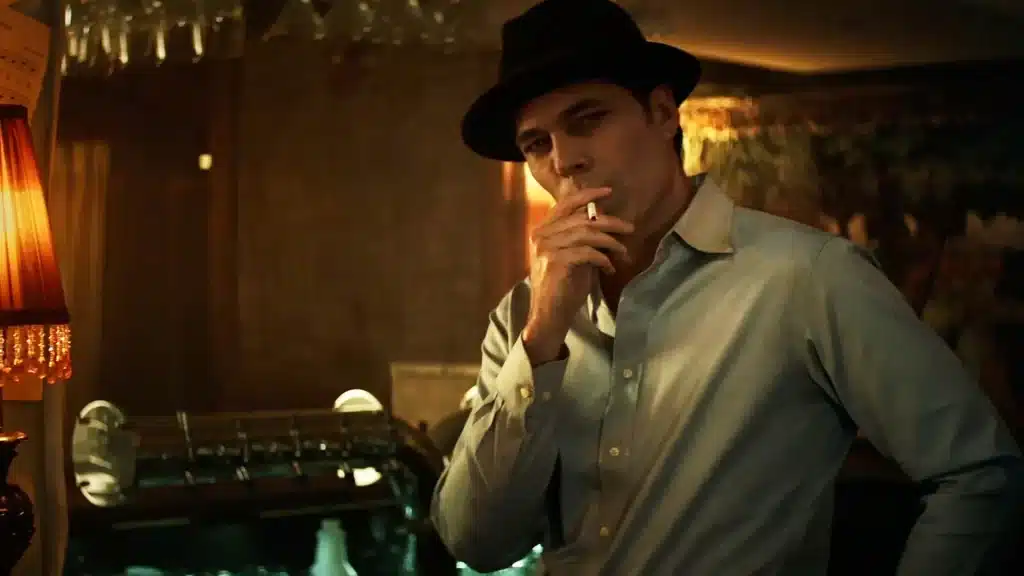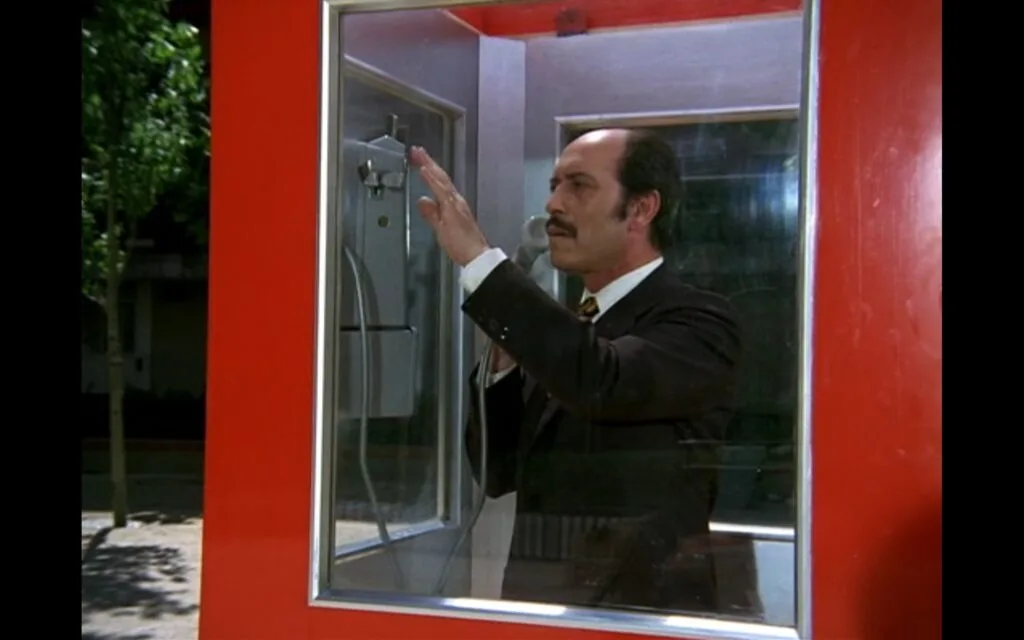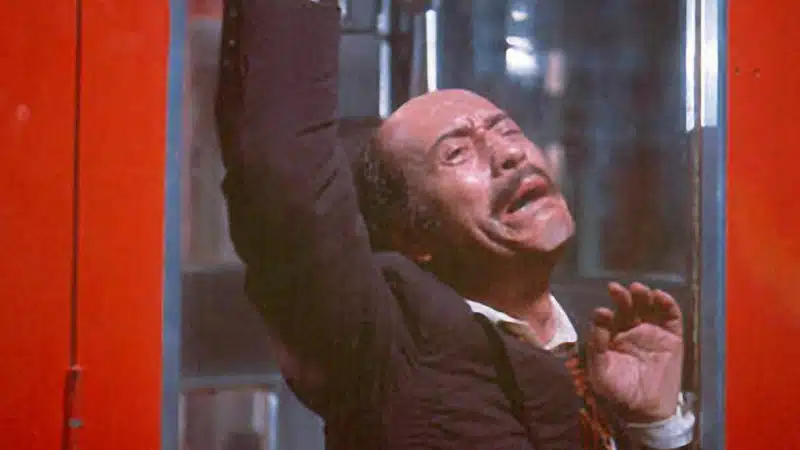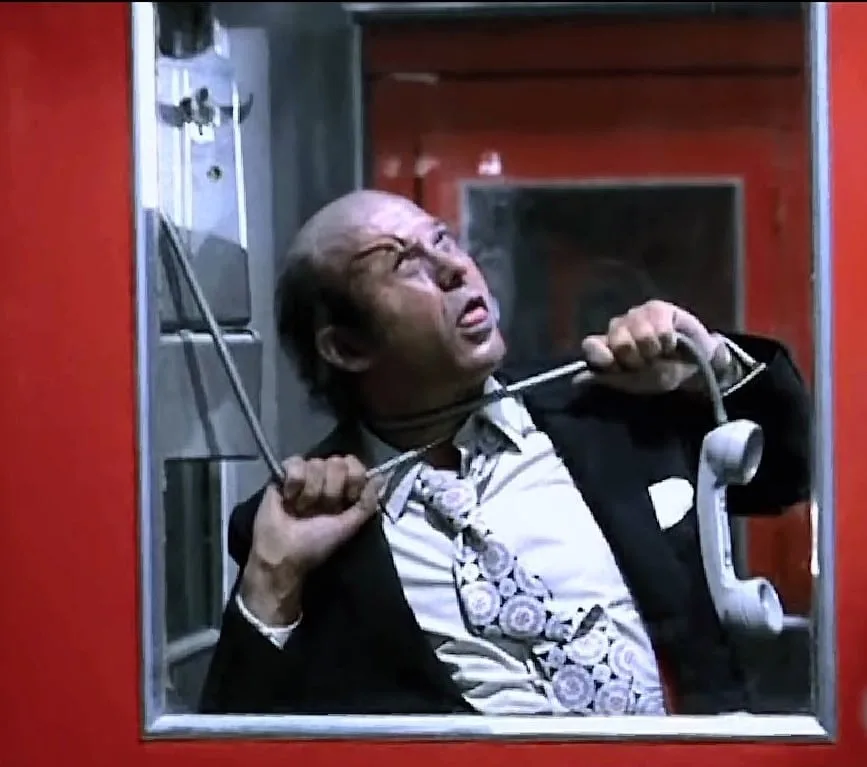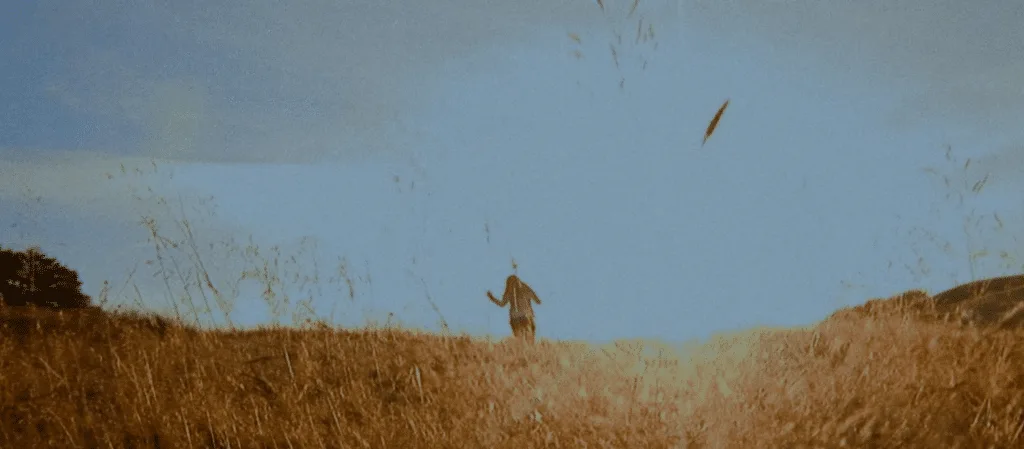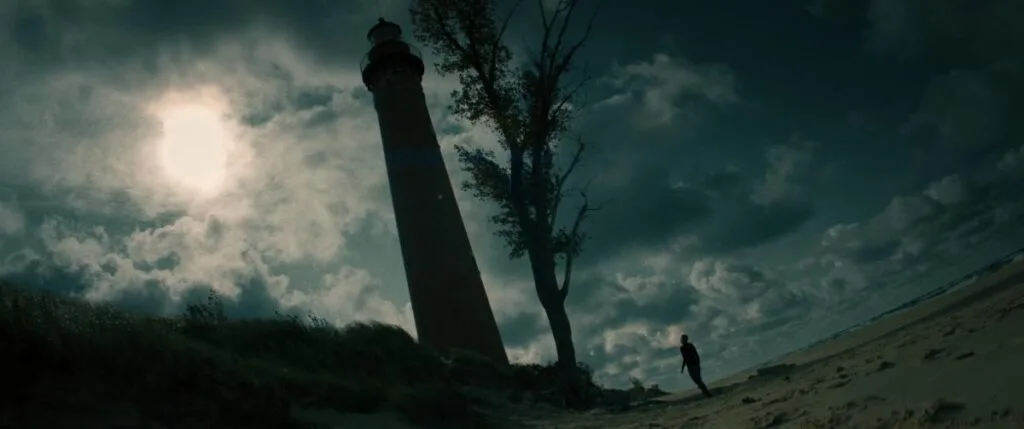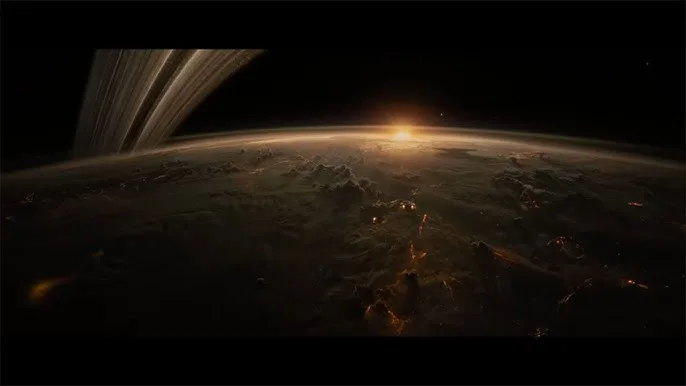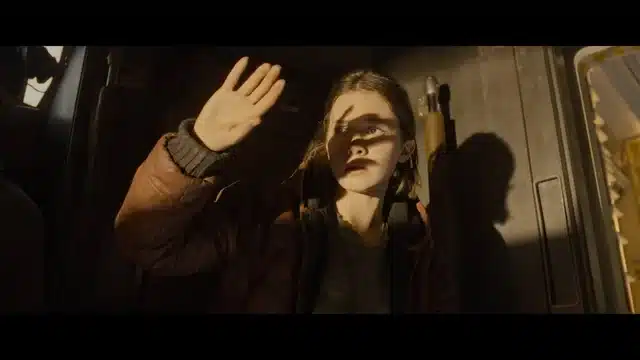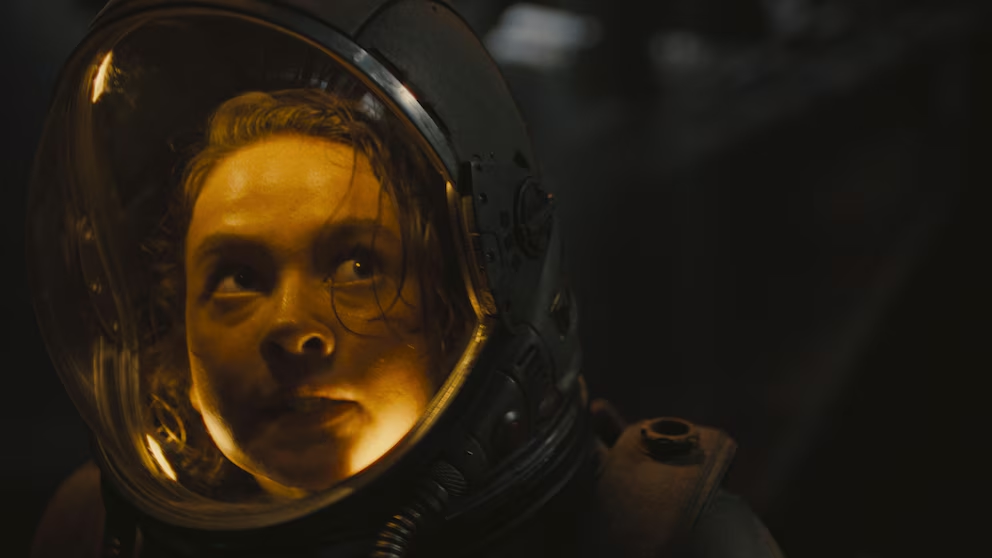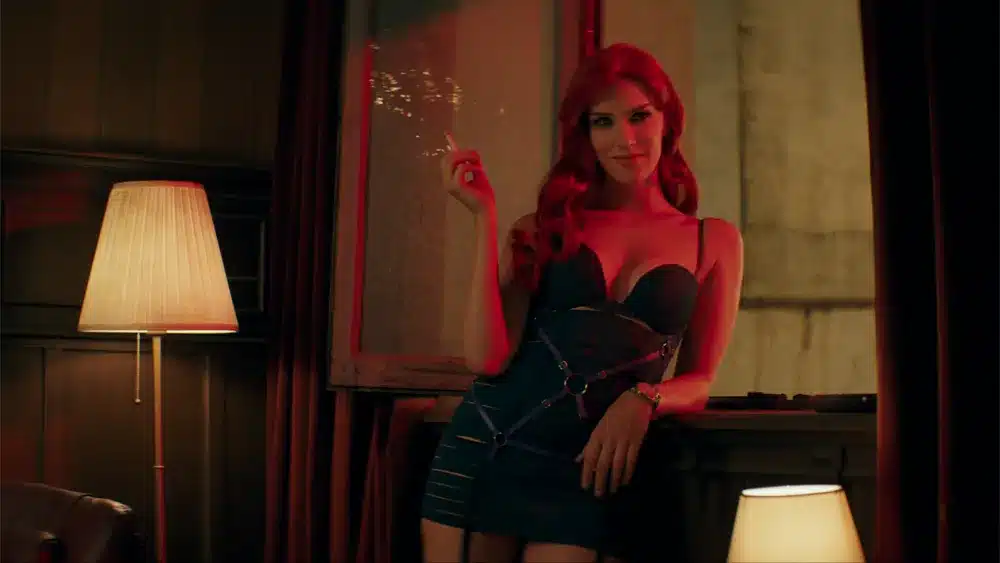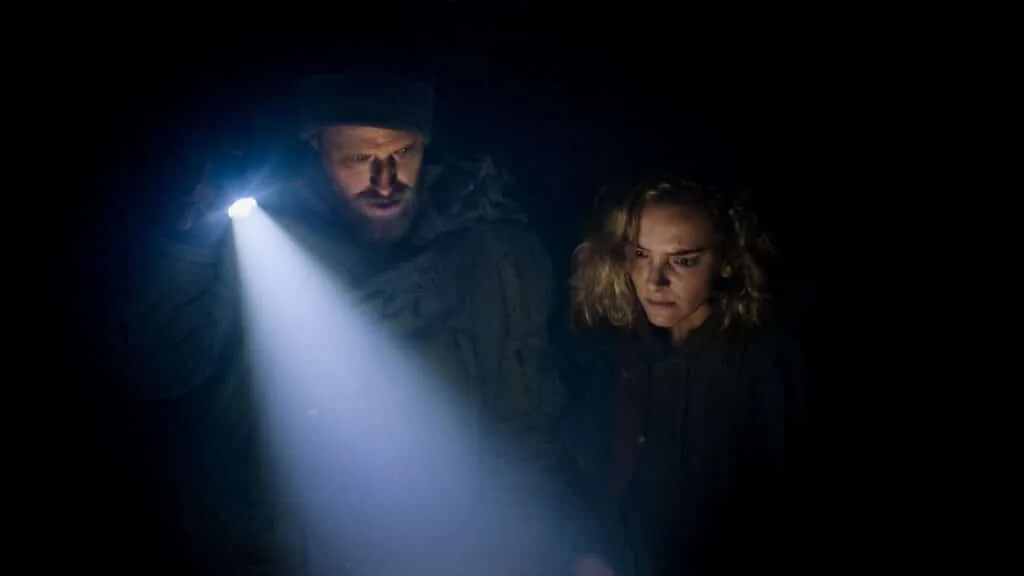
The ‘heist gone wrong’ is a surprisingly popular motif in genre cinema lately. From Livide (2011) to Don’t Breathe (2016) through to Peppergrass (2021), to name a few, ideas about what could happen in such an unfamiliar, high stakes situation have given a fair few filmmakers food for thought, and each subsequent film uses varying blends of realism and fantasy to explore the aftermath. This brings us to Things Will Be Different (2024), a film which also uses the heist idea, but marries it to another modern genre film predilection: time travel. The resulting film has some of the almost inevitable issues which come of toying with quantum mechanics in a ninety (or a hundred) minute screenplay, but on balance, it’s still one of the more humane and intriguing riffs on the subject matter to date.
As the film begins, a phonecall between adult brother and sister Joseph (Adam David Thompson) and Sidney (Riley Dandy) tells us that these two need to go off-grid for a while – actually, for a very specific while: two weeks exactly. The reason for this is so that they can lay low following a robbery – a robbery which is of course going to change everything for them. Meeting at an ominously timeless diner, Sidney with a rifle strapped to her back (which looks seismically unsuited to laying low, all told) and Joe with a couple of bags of loot at his feet, they enjoy a last supper of sorts before heading off into the nearby woods en route to a mystery house, known to Joe, where they intend to hide. Continuing to fail at being inconspicuous, they first have to clear a carful of locals from out front (which they do by shooting at them!) but, the house is clearly key to their plans, so they go inside. The place is derelict, but there are some old pieces of furniture still around and some of these seem to be, let’s say, unusual. There’s clearly more to this place than first appears, and both siblings know it – even if Joe takes the lead. Using special know-how, they gain access to a hidden room and sit tight while the sirens slip in and out of sound range. It looks like they’re going to be okay.
It’s when they emerge that things really reveal themselves as weird. The house now appears neat and tidy; the fields outside are different. What? How long were they in there? When Joe meddled with the dial on the clock downstairs, it was clearly something more involved than just springing some secret lock or mechanism: it seems that these two have somehow taken themselves outside of conventional time, which means that they can hide their deeds and hide from the cops by hanging out in a kind of never-never land, with the house operating as a dimension of its own. Joe and Sidney decide to use their two week vacation from space-time as a good excuse to fix some bad blood and unspoken tensions, which they duly do, but it will be absolutely no surprise to anyone to discover that apparently you can’t simply opt out of the passage of time and then hop back in where you left off. Time travel, quantum worlds – these ideas essentially function as a new wave of supernaturalism in cinema, the new ‘forces you don’t mess with’ without prompting fear, disorientation and unease. In the case of this film, it turns out that there are others with more of a handle on these kinds of possibilities, and that they are watching Joe and Sidney: messages start to appear, recordings are shared. The siblings find themselves trapped in a hostile situation where they are being watched, but by whom? Who is coming, and what do they want?
Codes and signs, covert knowledge – the plot of the film takes some time to bed in, and at first feels a little like Episode Two of something, where you may have missed a few of the essentials – the whos, the whens, the wheres. The script is clearly aware of this and attempts to rectify it, with characters discussing some of the facts behind the so-called “magic house” and at some points, some aspects of the suspension of disbelief required seems to be of some concern to writer/director Michael Felker, who comes close to shrugging at some of the finer details. But in other respects, the film’s determination to only ever afford its characters (and audience) just enough understanding is played spectacularly well. Sometimes, taking its strangeness as a given allows the film to change tack very abruptly, introducing distinct horror elements – bodies, blood, watchful and seemingly omniscient ‘Others’ who retain control of an increasingly vulnerable and desperate pair of protagonists. These shifts in pace are effective. Key to all of this? Thompson and Dandy are charismatic enough to carry the close focus of their roles, bringing enough of a fractured family relationship to bear on the film to keep their characters interesting and sympathetic. High energy sequences are lower in the mix than slower, more philosophical content, but given the small cast and fixed abode, this is to be expected. The film itself is highly technically proficient, with beautiful shots of bright sunshine ceding to dust-mote-opaque interiors, summer giving way to autumn and winter, and every shot carefully lit and framed. There’s also a simple but ominous musical score which scales up the tension, even when things may at least appear calm; it really draws things together well.
Admittedly I’ll always have a sneaking suspicion that these kinds of quantum horrors add an inarguable layer of ‘science’ to otherwise familiar (and arguable) magic storylines, but there are still plenty of ideas and developments in Things Will Be Different to hold the attention, and in many respects it’s a considered and engaging film. Perhaps to add that ‘those time guys’ Aaron Moorhead and Justin Benson are producers, with Benson also taking a more involved role, will ultimately tell you whether this title is for you or not – as there are some similarities with Benson & Moorhead projects to date, and director Michael Felker has also worked on several of their past films. But Things Will Be Different certainly has a lot to recommend it on its own terms too, and ultimately the ways in which its human relationships are overlaid with incredible circumstances have more than enough aplomb here for a first-time feature.
Things Will Be Different will be in UK Cinemas from 4th October and on Blu-ray and Digital Download from 18th November.
